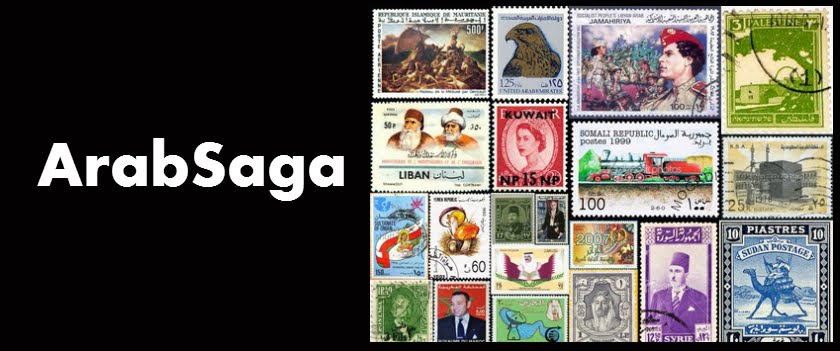By Ghassan
Charbel*
“What is taking place in Syria,” he said, “is much
more alarming than what was taking place in Iraq 10 years ago. The nature of
the struggle is different and more complex. The area is more vulnerable than it
was prior to the removal of Saddam Hussein. In Baghdad, America was spontaneous
and determined. In Damascus, America is listless, hesitant and soft. In
Baghdad, Tehran wanted to see Saddam removed and was preparing to reap the
benefits of his eclipse. In Damascus, Tehran is so involved in the
confrontation, as though it is defending its project and the fringes of its
role and its prestige. Region change is dawning from Damascus, not Baghdad.”
He went on, “Arab safety valves are nowhere to be
found. Morsi’s Egypt is sinking in unrest. Maliki’s Iraq is drowning again in a
crisis of its components. Assad’s Syria is the theater of a brutal battle
mixing together revolution, internecine strife, regional faceoff and
international emasculation. With such givens, you can’t but expect the worst.”
I was startled by the Arab official’s words and asked
him to elaborate further.
He said the most dangerous thing regarding Syria is
the foreclosing of retreat. The opposition cannot backtrack after the fall of
nearly 100,000 dead and material damages estimated at $100 billion. The regime
too cannot do an about face after what it did. The regime also hinges on Bashar
al-Assad. That’s why Lakhdar Brahimi returned frustrated from Damascus because
he broached the taboo subject.
My interlocutor felt Brahimi’s last trip convinced
Assad’s enemies at home and abroad that change was needed in the balance of
forces on the ground. This simply means a new round of funding and arming.
Damascus is heading to a major showdown liable to produce additional victims,
ruin and refugee waves.
He said Russia, which went too far in its support of
the Syrian regime, finds it difficult to backpedal. Besides, the door key is in Tehran, which acts as though the
Syrian regime’s fall is a catastrophe, not a loss. That’s why it is putting its
full weight in the ongoing conflict. It believes its exit from Syria will
perturb its presence in Iraq and Lebanon and dent its image at home. Ties with
Assad are the biggest, longest and most costly Iranian investment in the
region. Cutting the Syrian stretch of the line running from Tehran to Beirut
via Baghdad means Iran losing its mission. And the mission is more important than
the bomb that could defend a bigger undertaking.
Hezbollah too cannot go into reverse. Fall of the
regime would downgrade Hezbollah from regional to local player and rub out the word
“steadfastness” from its vocabulary.
The official drew my attention to a very precarious
development. The chief of staff of the Free Syrian Army said the FSA would
henceforth deal with Hezbollah fighters in Homs as “mercenaries, not prisoners
of war.” Whoever looks at the map would appreciate the implications of such
words i.e. that Syrian-Lebanese and Sunni-Shiite relations are likely to be severely
tested once the regime falls.
The official said the “more difficult episode” of the
Syria crisis is approaching.
If the regime survives in part of Syria, it means
moving from regime risks to map risks. Fall of the regime by knockout means an
unstable Syria for years. Al-Qaeda sinking root in Syria is very dangerous. All
scenarios confirm Damascus is more treacherous than Baghdad was.
The official did not miss asking me about events in Lebanon’s
Bekaa Valley town of Arsal.
*Ghassan Charbel is the Lebanese editor-in-chief of the
Saudi-owned pan-Arab daily al-Hayat. The original Arabic wording of his
editorial appears in today’s edition of al-Hayat.
